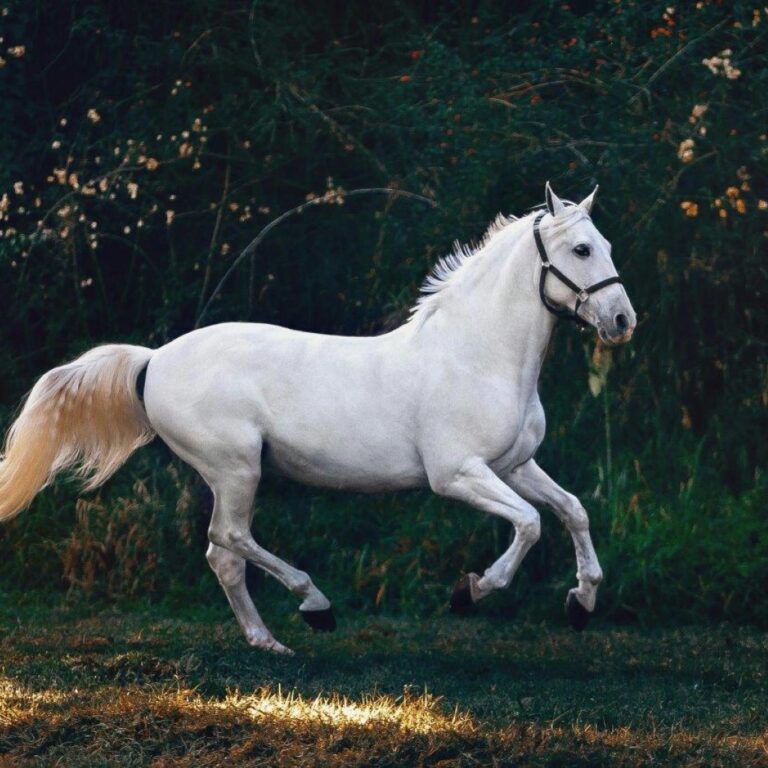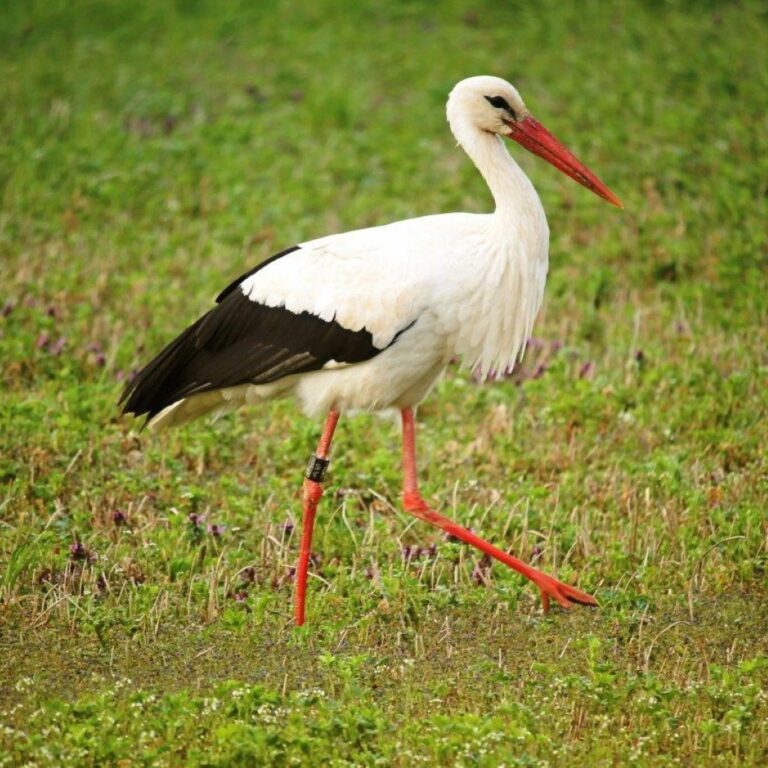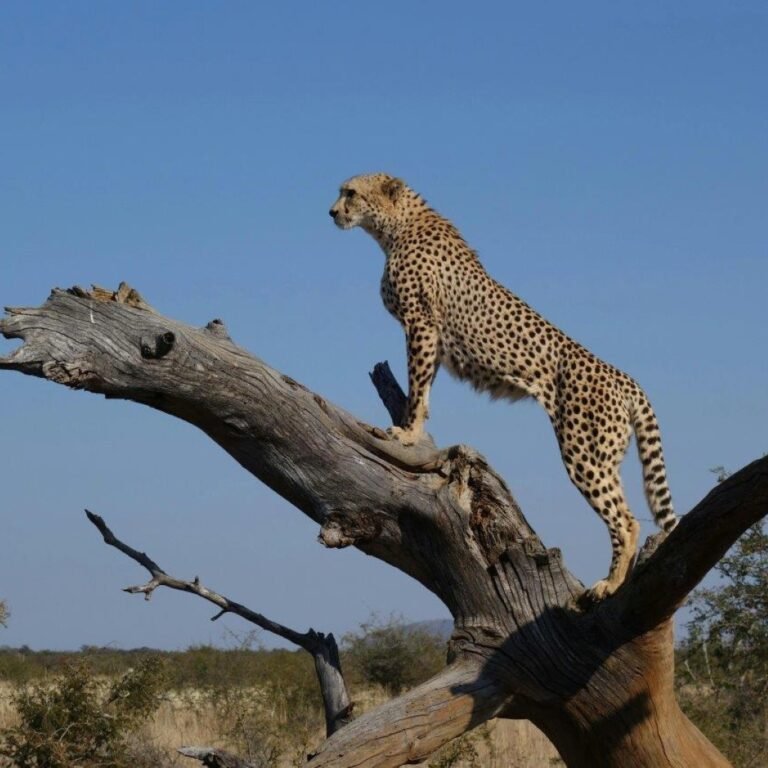Horses have been domesticated for over 5,000 years, with evidence of early horse domestication found in the steppes of Central Asia.
There are over 300 different breeds of horses, each bred for specific purposes, ranging from work and transportation to racing and companionship.
They have a highly developed sense of hearing and can rotate their ears 180 degrees to better detect sounds from different directions.
Its hoof is made of keratin, the same material as human nails, and it continuously grows. Regular trimming or wearing down is necessary to prevent overgrowth.
Horses are capable of running shortly after birth, and foals are often seen galloping and playing within hours of being born.
They communicate with each other and with humans using a combination of vocalizations, body language, and facial expressions. They can express a wide range of emotions, including happiness, fear, and frustration.
A horse's field of vision is almost 360 degrees due to the placement of its eyes on the sides of its head. However, horses have two blind spots—one directly in front of them and one directly behind them.
They are social animals and prefer to live in groups called herds. In the wild, a herd is typically led by a dominant mare, with a stallion protecting the group from threats.
The average horse's heart weighs around 10 pounds and is capable of pumping a large volume of blood, which is essential for their high level of physical activity.
They have an excellent memory and can remember people, places, and other horses for many years. They are known to form strong bonds with their owners and other animals.
Horses have a unique digestive system that allows them to graze and eat small amounts of food throughout the day. Their stomachs are relatively small, so they are continuous grazers.
The tallest horse on record was a Shire horse named Sampson, who stood 21.2 hands (7 feet 2 inches) tall at the shoulder and weighed over 3,300 pounds.
They are known for their speed, with the fastest recorded gallop by a horse named Winning Brew, who reached 43.97 miles per hour in 2008.
The phrase 'horsepower' was coined by engineer James Watt in the 18th century to compare the power of steam engines to the work output of horses, and it is still used as a unit of measurement today.
Horses have played a significant role in human history, from their use in warfare and transportation to their presence in sports, art, and literature. They continue to be a symbol of freedom, strength, and beauty.
How useful was this post?
Click on a star to rate it!



